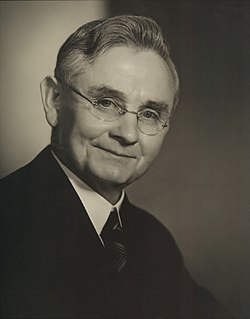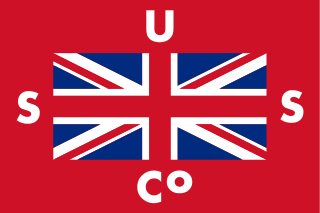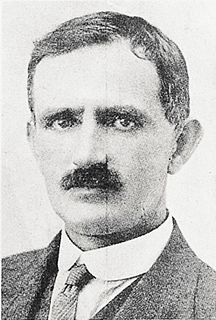Related Research Articles

Michael Joseph Savage was a New Zealand politician who served as the 23rd prime minister of New Zealand, heading the First Labour Government from 6 December 1935 until his death.

The 1905 New Zealand general election was held on Wednesday, 6 December in the general electorates, and on Wednesday, 20 December in the Māori electorates to elect a total of 80 MPs to the 16th session of the New Zealand Parliament. A total number of 412,702 voters turned out, with 396,657 voting in the European electorates.

Union Airways of New Zealand Limited was New Zealand's first major airline. It was founded in 1935 by local shipping giant Union Steam Ship Company of New Zealand. Its services reached main centres from Auckland to Dunedin and extended to Gisborne and the West Coast of the South Island. Union Airways was instrumental in the establishment of Australian National Airways and TEAL.

Charles Henry Chapman was a New Zealand unionist and politician of the Labour Party and various predecessor parties.

Union Steam Ship Company of New Zealand Limited —when there was no chance of confusion casually referred to as Union, Union Company, Union Steam Ship Company, or Union Line— was once the biggest shipping line in the southern hemisphere and New Zealand's largest private-sector employer. It was incorporated by James Mills in Dunedin in 1875 with the backing of a Scottish shipbuilder, Peter Denny. Bought by shipping giant P & O around the time of the First World War it was sold in 1972 to an Australasian consortium and closed at the end of the twentieth century.
Awarua was a New Zealand parliamentary electorate from 1881 to 1996.
Wellington South is a former New Zealand parliamentary electorate. It existed for two periods between 1881 and 1946. It was represented by seven Members of Parliament.
Motueka is a former New Zealand parliamentary electorate. It was first created in 1860 and existed until the 1890 election, when it was abolished. For the 1896 election the Motueka electorate was recreated, and lasted until the 1946 election, when it was again abolished.

Michael John Reardon was a New Zealand political activist.

Kenneth James Boswell was a New Zealand rower who won a silver medal representing his country at the 1938 British Empire Games.
Wellington East was a parliamentary electorate in the eastern suburbs of Wellington, New Zealand from 1887 to 1890 and from 1905 to 1946. It was succeeded by the Miramar electorate. The electorate was represented by seven Members of Parliament.
Wellington Suburbs was a parliamentary electorate in Wellington, New Zealand. It existed from 1893 to 1902, then from 1908 to 1911, and from 1919 to 1946. The electorate was represented by six Members of Parliament.
William Noel Pharazyn was a New Zealand soldier, businessman, journalist, lecturer and trade unionist.

James Roberts was a New Zealand trade unionist, politician and was president of the Labour Party from 1937 to 1950. He was called 'Big Jim' and 'the uncrowned King of New Zealand' in recognition of the considerable influence he wielded during the period of the First Labour Government over policy creation and implementation.

Thomas Brindle was a New Zealand activist for the New Zealand Labour Party who was jailed during World War I for speaking out against conscription. He was a member of Wellington City Council and stood for election to the House of Representatives five times. He was a member of the Legislative Council from 1936 until March 1950.
Eric Alwyn Roussell was the tenth Clerk of the New Zealand House of Representatives. As Clerk of the House he was head of the Legislative Department, responsible for administrative services to Parliament prior to the creation of the Parliamentary Service in 1985 and the Office of the Clerk of the House of Representatives in 1988.

John Read was a New Zealand politician and trade unionist.

Lambton originally Wellington railway station in Featherston Street, Wellington, New Zealand was the southern passenger terminus for the Hutt Line and the Wairarapa Line from 1885 to 1936 and for lines further north until December 1908. Wellington's third railway station it had been preceded by station buildings temporarily at Pipitea Point and a site further south on Featherston Street beside Wellington's rail freight depot and its Railway Wharf.
Susan Margaret Piper is a retired New Zealand trade unionist and local politician.
References
- ↑ The Evening Post, 30 April 1936 Page 10
- ↑ The Evening Post, 25 September 1936 Page 10
- ↑ The Evening Post, 1 October 1936 Page 10
- 1 2 New Zealand Clerical Workers Union : Records, Alexander Turnbull Library, National Library of New Zealand